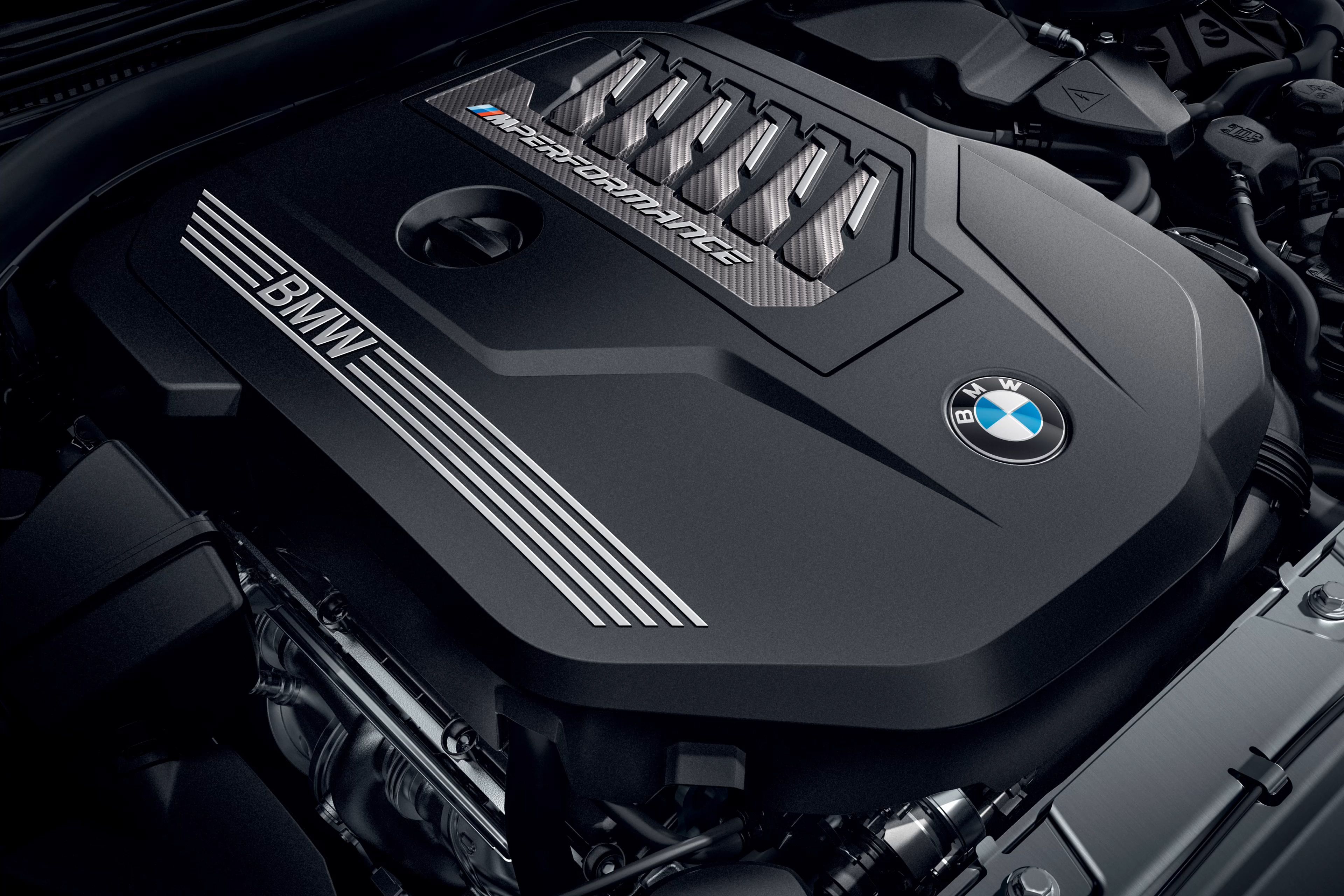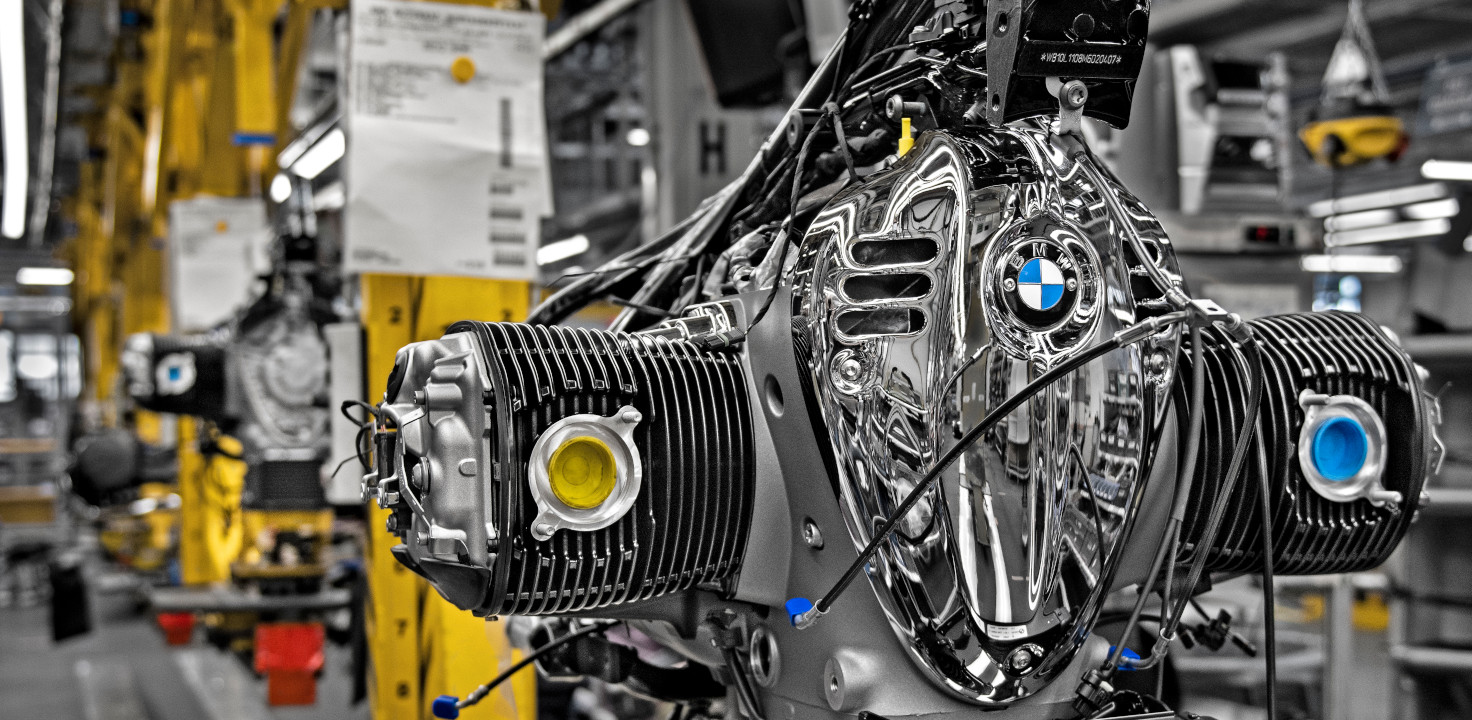The Evolution of the BMW Engine: A Recall at Iconic Models
The Evolution of the BMW Engine: A Recall at Iconic Models
Blog Article
Checking Out the Advancement of Burning Engines in Modern Transport Equipments
As we navigate the landscape of modern transport, the advancement of combustion engines stands as a testament to human ingenuity and engineering expertise. The interaction of background, innovation, and environmental concerns in forming the trajectory of combustion engines creates a story that is both compelling and insightful.
Very Early Beginnings of Combustion Engines
How did the idea of burning engines first arise in the very early stages of transport growth? The roots of burning engines can be mapped back to the 17th century when the principles of interior burning were very first discovered.
The advancement minute featured the innovation of the initial successful gasoline-powered engine by Karl Benz in 1885 - bmw engine. This engine paved the means for the development of the contemporary auto, revolutionizing transport systems worldwide. Succeeding developments by Nikolaus Otto and Gottlieb Daimler additionally improved combustion engine innovation, bring about the automation of vehicles and the fast development of the transport industry
These very early burning engines were identified by their simpleness and performance, laying the structure for the facility and effective engines made use of in modern-day transport systems. The advancement of burning engines has actually been instrumental in shaping the way we travel and transfer products, marking a considerable turning point in the history of transportation development.
Shift to Internal Combustion Technology
The transition to internal burning modern technology noted an essential shift in the evolution of transportation systems. This shift started in the late 19th century, with innovators like Nikolaus Otto and Gottlieb Daimler establishing the first successful inner burning engines. These engines reinvented transportation by offering a more powerful and efficient choice to heavy steam engines and electric motors.
Among the essential benefits of interior combustion engines was their capacity to be scaled down to match automobiles, resulting in the development of cars and bikes. This change from bulky, fixed engines to compact, mobile ones led the way for the modern-day transportation systems we see today.
The change to internal burning technology additionally spurred innovations in fuel modern technology, resulting in the growth of gas and diesel as key fuel resources for vehicles. This change not just made transportation extra easily accessible to the masses but likewise laid the structure for the oil and gas industry to come to be integral to worldwide economies.
Effect of Combustion Engines on Transportation
The fostering of combustion engines in transportation systems militarized an extensive change in the efficiency and speed of international flexibility. Combustion engines transformed transport by supplying a flexible and dependable source of power for different cars, consisting of cars and trucks, ships, planes, and vehicles. This development dramatically boosted the capacity for goods and people to conform cross countries in shorter period, causing raised connection in between areas and countries.
In addition, the prevalent usage of burning Read More Here engines has actually had a substantial influence on financial growth. The capacity to transport goods efficiently has actually stimulated profession and business, enabling services to broaden their markets and reach consumers worldwide. This has helped with economic development and globalization, as items can currently be delivered much faster and in bigger amounts than ever in the past.
Nonetheless, the ecological effect of combustion engines can not be neglected. The combustion of fossil fuels has caused air pollution and greenhouse gas emissions, contributing to environment adjustment and presenting health and wellness risks to populations. bmw engine. Consequently, there is an expanding emphasis on developing alternative propulsion technologies to minimize these adverse impacts and produce a more lasting future for transport
Technologies in Burning Engine Layout
One significant technology is the growth of turbocharged engines, which make use of exhaust gases to drive a generator that presses inbound air, enabling for more fuel to be charred, resulting in enhanced power output without a significant increase in engine size. Variable shutoff timing systems have actually likewise reinvented engine style by optimizing airflow at various engine rates, improving both power and effectiveness. These developments collectively add to the continual enhancement of combustion engines in modern transport systems.
Future Fads in Combustion Engine Development
With modern technology improvements driving continuous technology, the see this site future of combustion engine development is positioned to transform transport systems worldwide. One of the key patterns in burning engine advancement is the press towards higher efficiency and minimized discharges.
Another famous trend is the fostering of crossbreed technologies in burning engines. Hybrid engines integrate traditional combustion modern technology with electric power, using boosted fuel performance and reduced emissions. As the vehicle industry changes in the direction of electrification, crossbreed combustion engines are seen as a transitional option that bridges the space in between standard lorries and fully electric ones.
Additionally, the assimilation of clever technologies, such as synthetic intelligence and information analytics, is anticipated to play a substantial duty in the future of burning engine growth. These modern technologies can optimize engine performance in real-time, you can try this out resulting in a lot more effective combustion processes and improved general automobile efficiency. Accepting these future patterns will not only drive development in combustion engine advancement but also add to a more environmentally friendly and lasting transportation ecosystem.

Verdict
In conclusion, the evolution of burning engines in modern-day transportation systems has been marked by substantial improvements in innovation and design. From the very early starts of combustion engines to the transition to inner burning technology, these engines have actually had an extensive impact on transport.
The origins of combustion engines can be mapped back to the 17th century when the principles of internal burning were very first explored. These engines changed transport by providing a more effective and effective alternative to vapor engines and electric motors.

Report this page